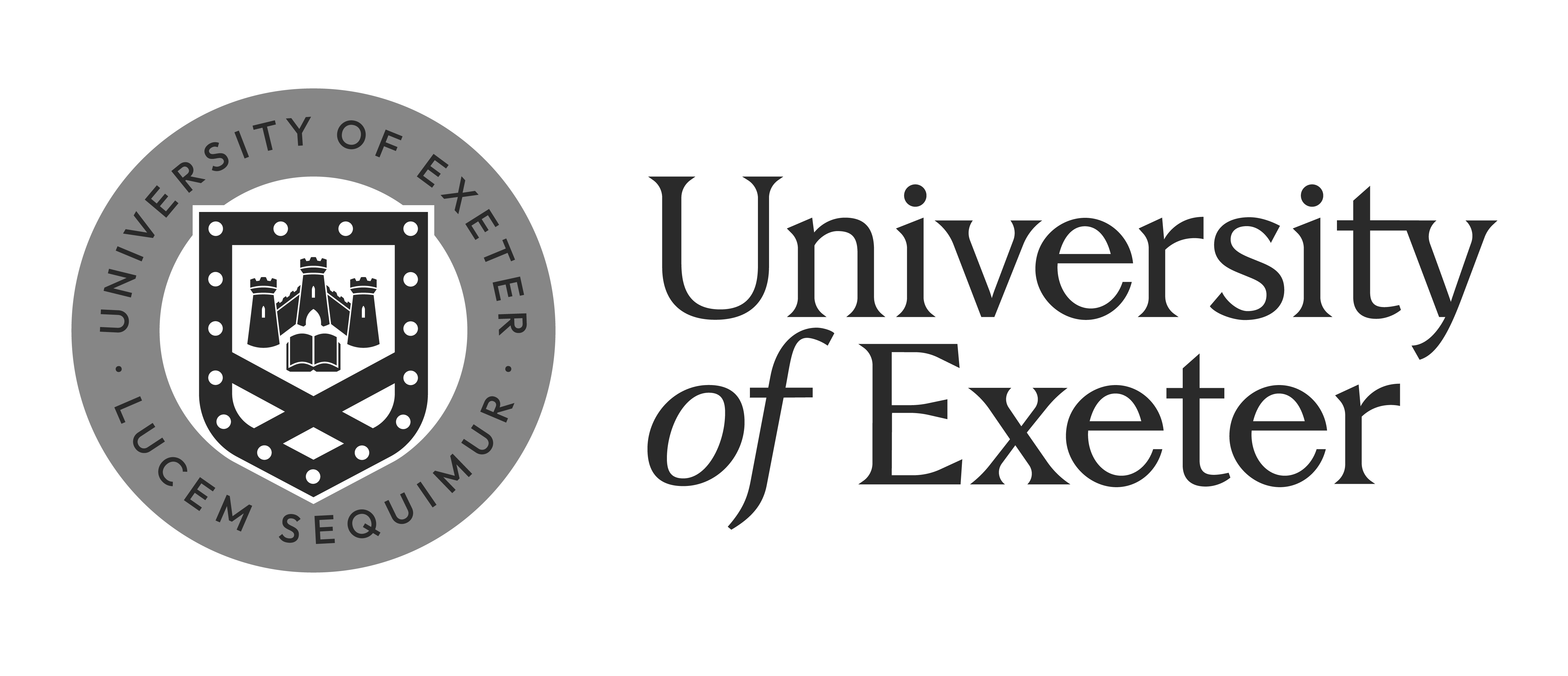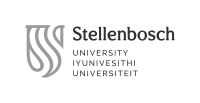F2414 Strategies for Effective Science Communication
Professors
Schedule
Course description
The focus of the course is how to communicate science in using English as a lingua franca. Its aim is to equip students with the theoretical background and practical strategies to develop and hone their skills as science communicators, even when English is not their first language. The course will provide an overview of contemporary definitions of science communication and their relevance to today’s society. Students will be familiarised with the concepts of inward and outward facing science communication (with a focus on the latter), scientific story-telling, framing and multimodal rhetorical features of scientific communication. This course will also help students to develop strategies and practical solutions to deliver scientific content with greater rhetorical adaptability to a variety of audiences. More specifically, students will examine and experiment with story-telling techniques, written and oral abstracts, oral presentations and poster presentations. Particular focus will be given to linguistic intelligibility so as to reach a broad international audience in an effective way.
The multilingual and transdisciplinary student body will provide the opportunity for students to share their knowledge, cooperate to build and negotiate meaning by adapting to a variety of audiences. Students will receive and provide direct feedback on their communicative strategies in an authentic interdisciplinary context. Venice itself is an ideal setting to inspire students to find creative solutions to the challenges faced by the city in relation the global issue of climate change. This topic allows for transdisciplinary approaches and to focus on a range of sub-themes such as rising water levels, pollution, over-tourism, just to name a few. The academic context of VIU can also be an opportunity for the content of students’ research to be presented in the form of a poster presentation to other academic circles and/or to the general public, thus providing them with an authentic and challenging context to put what they have learnt into practice.
Learning outcomes
By the end of this course, students will be able to:
- understand and explain contemporary definitions of science communication and their relevance to today’s society, including the difference between inward and outward facing science communication, scientific story-telling, framing and multimodal communication;
- deliver scientific content with greater rhetorical adaptability to a variety of audiences;
- use the basic techniques of story-telling to craft a meaningful message within their area of study/research;
- handle different communication modes effectively, including written and oral abstracts, oral presentations and poster presentations;
- understand and be understood using English in an international context
- create video abstracts and posters.
Teaching methods
In line with the objectives of the course, the teaching methods will be dynamic, interactive and hands-on. The course will be taught through a blend of lectures, seminar discussions, workshops and small-group activities, along with individual and group assignments. A short series of lectures and seminars will introduce the main topics and key terms, giving students the opportunity for small-group discussion of the weekly readings/videos along with hands-on exercises. There will be one or two readings/videos per week. Students may be required to do some of the reading in advance of seminars. A succession of workshops will follow, each focusing on a specific communication skill or mode through a combination of awareness-building exercises, student-led activities, individual and group work, pre- and post-workshop tasks and feedback sessions.
The first and second workshop will focus on rhetoric and knowing the audience. A workshop aimed at adapting to the audience through framing activities and by avoiding jargon and technical terms will follow. Story telling/narrative techniques and how these can be applied to scientific content will be the focus of two workshops. Next, two workshops will focus on written and oral communication by analysing the syntactic/pragmatic differences between abstracts, talks and oral abstracts, all the while experimenting with multimodality. The last two workshops will focus on visual aids, focusing on power-point/visual aid design and giving an overview of scientific poster layout and presentation. Throughout these workshops, students will have the opportunity to give short 3-minute presentations on a variety of topics, so as to develop their confidence presenting in front of an audience, with a focus on stance, assurance, voice and eye-contact. Peer-to-peer feedback is strongly encouraged throughout the course. The tutor will monitor students’ final group project throughout the course.
As well as in-class work, students will contribute to a “Shaping scientific narrative” padlet. The idea is to share and comment on examples of science story-telling techniques, along with digital tools and technology to create compelling visual aids and poster layouts.
A discussion forum will allow students to ask any questions on the course or the course materials.
Course evaluation
Class engagement and participation: 10%
Students will submit:
- Mid-term pair work: Students will choose a topic related to a common study area. They will have to turn it into a 3-minute video abstract (modelled on examples shown in class) (30%)
- Individual oral presentation (in pairs): 5-10 minute individual oral presentation of their chosen topic, including a visual aid (30% of their final mark)
- Group project (30%): In small groups of 3, students will submit a poster and give a 5-10 minute presentation on a topic related to original research or research projects to tackle climate change in Venice (group and individual marks).
Syllabus
Week 1: Introductions and getting started
Session 1 – Introductory session – getting to know the group
Guided discussion on etiquette and group expectations
Session 2 – English as the language of science: opportunities and challenges.
What are the additional challenges of communicating about science when English is not your first language?
Week 2: Definitions of science communication
Session 3 (lecture): Definitions of science communication (Inward and outward facing science communication)
Session 4: (lecture): Definitions of science communication (Inward and outward facing science communication)
Week 3: Rhetoric & audience
Session 5 (Seminar): Rhetoric & audience
Session 6 (seminar): Considering the audience
Week 4: Scientific story-telling
Session 7 (Lecture): Scientific story-telling
Session 8 (Seminar): Scientific story-telling
9th October: Adopted VIU Lecture - tbc
11th October: Botanical Gardens - tbc
Have students come up with stories linked to a tree or plant?
Week 5: Stories of science, science of stories
Workshop: The Hero’s journey
Workshop: The Hero’s Journey
Week 6: Multimodality in science communication
Seminar:
Workshop: Multimodal communication
Mid term break: October 28th – November 1st
Week 7: Written abstracts, video abstracts
Workshop: Abstract writing
Workshop: Video abstracts
Week 8: Oral presentation skills and strategies
Workshop:
Mid-term assignment (pair-work – video abstract)
Week 9: Posters
Workshop: Posters – what are they
Workshop: Poster design (the basics)
Week 10: Group project
Final project Group Work - Defining the topic
Final project Group Work - Doing the research
Week 11: Group project
Final project Group Work: Selecting the content material
Final project Group Work: Selecting visuals
Week 12: Group project
Final project: Group work - Poster design
Final project: Group work - Preparing for the final presentation: anticipating questions
Week 13 (exams)
Presentation of student’s work: Poster presentations
Presentation of student’s work: Poster presentations
Bibliography and recommended reading
Amano, T., Ramírez-Castañeda, V., Berdejo-Espinola, V., Borokini, I., Chowdhury, S., Golivets, M., González-Trujillo, J. D., Montaño-Centellas, F., Paudel, K., White, R. L., & Veríssimo, D. (2023). The manifold costs of being a non-native English speaker in science. PLoS biology, 21(7), e3002184. https://doi.org/10.1371/journal.pbio.3002184
Barry R. Bickmore and David A. Grandy, (2014). Science as Storytelling, BYU Studies Quarterly 53, no. 4, pp 37-60. https://byustudies.byu.edu/article/science-as-storytelling/
Bourne PE (2007) Ten Simple Rules for Making Good Oral Presentations. PLOS Computational Biology 3(4): e77. https://doi.org/10.1371/journal.pcbi.0030077
Broks, P., Gascoigne, T., Leach, J., Lewenstein, B. V., Massarani, L., Riedlinger, M., & Schiele, B. (2020). Communicating science: a global perspective (p. 994). ANU Press.
Carter, M. (2012). Designing science presentations: A visual guide to figures, papers, slides, posters, and more. Academic Press.
Carter-Thomas, S. & E. Rowley-Jolivet. (2020). Three-minute thesis presentations: Recontextualization strategies in doctoral research. Journal of English for Academic Purposes 48, DOI: 10.1016/j.jeap.2020.100897.
Carter-Thomas, S. & E. Rowley-Jolivet. (2001). Syntactic differences in oral and written scientific discourse: the role of information structure. ASp 31-33, 19-37.
Dahlstrom, M. (2014). Using narratives and storytelling to communicate science with nonexpert audiences. Proceedings of the National Academy of Sciences - PNAS, 111(Supplement 4), 13614-13620. https://www.pnas.org/doi/full/10.1073/pnas.1320645111
Davies, S. R., Franks, S., Roche, J., Schmidt, A. L., Wells, R. and Zollo, F. (2021). The landscape of European science communication. JCOM 20 (03), A01. https://doi.org/10.22323/2.20030201.
Davies, S. R., Halpern, M., Horst, M., Kirby, D. and Lewenstein, B. (2019). Science stories as culture: experience, identity, narrative and emotion in public communication of science JCOM 18(05), A01. https://doi.org/10.22323/2.18050201
Drubin, D. G., & Kellogg, D. R. (2012). English as the universal language of science: opportunities and challenges. Molecular biology of the cell, 23(8), 1399. https://doi.org/10.1091/mbc.E12-02-0108
ElShafie, S. (2018). Making Science Meaningful for Broad Audiences through Stories. Integrative and Comparative Biology, 58(6), 1213-1223. https://doi-org.docelec.u-bordeaux.fr/10.1093/icb/icy103
Erren TC, Bourne PE (2007) Ten Simple Rules for a Good Poster Presentation. PLOS Computational Biology 3(5): e102. https://doi.org/10.1371/journal.pcbi.0030102
Goldacre, B. (2010). Bad science: Quacks, hacks, and big pharma flacks. McClelland & Stewart.
Guidotti, T. L. (2016). Communication in Science. Journal of the Washington Academy of Sciences, 102(3), 23–36. https://www.jstor.org/stable/90013563
Illingworth, S., Allen, G., (2020). Effective science communication: A practical guide to surviving as a scientist, Institute of Physics. Second ed., IOP ebooks. Chapter 4
Illingworth, S. (2021). Science Communication for Researchers. https://www.youtube.com/watch?v=Z__440RuATY (Accessed August 2022)
Joubert, M., Davis, L. and Metcalfe, J. (2019). Storytelling: the soul of science communication JCOM 18(05), E. https://doi.org/10.22323/2.18050501
Leibniz Information Centre for Economics. (2021). Science communication with social media – the choice of the proper tools, PRACTICAL GUIDE 2, Open Science Magazine. https://open-science-future.zbw.eu/en/science-communication-with-social-media-the-choice-of-the-proper-tools/ (Accessed March 2024)
Luisi, M. (2019). Experientially learning how to communicate science effectively: A case study on decoding science. Journal of Research in Science Teaching, 56(8), 1135-1153.
Nakamura, G. and Soares, B. E. (2023), English May Be Science's Native Language, but It's Not Native to All Scientists, Scientific American. Last accessed 21st August 2024: https://www.scientificamerican.com/article/english-may-be-sciences-native-language-but-its-not-native-to-all-scientists/
Olson, R., Barton, D., Palermo, B. (2013). Connection: Hollywood Storytelling Meets Critical Thinking. United States: Prairie Starfish Productions.
Olson, R. (2010). Don't Be Such a Scientist: Talking Substance in an Age of Style. United Kingdom: Island Press.
Overcoming the language barrier in science communication. Nat Rev Bioeng 1, 305 (2023). https://doi.org/10.1038/s44222-023-00073-1 Last accessed on: https://www.nature.com/articles/s44222-023-00073-1#citeas
Putortì, E. S., Sciara, S., Larocca, N. U., Crippa, M. P., & Pantaleo, G. (2020). Communicating science effectively: When an optimised video communication enhances comprehension, pleasantness, and people’s interest in knowing more about scientific findings. Applied psychology, 69(3), 1072-1091.
Schneider, Simon & Heinecke, Liv. (2019). The need to transform Science Communication from being multi-cultural via cross-cultural to intercultural. Advances in Geosciences. 46. 11-19. 10.5194/adgeo-46-11-2019.
Van Leeuwen, T. (2014). Critical discourse analysis and multimodality. Contemporary critical discourse studies, 281-295.
Villar, M. E. (2021). Community engagement and co-creation of strategic health and environmental communication: collaborative storytelling and game-building. JCOM 20 (01), C08. https://doi.org/10.22323/2.20010308.
Williams, S., Gilson, C., Brumley, C., Mollett, A. (2017). Communicating Your Research with Social Media: A Practical Guide to Using Blogs, Podcasts, Data Visualisations and Video. United Kingdom: SAGE Publications.
Yu, H., & Northcut, K. (Eds.). (2017). Scientific Communication: Practices, Theories, and Pedagogies (1st ed.). Routledge. https://doi.org/10.4324/9781315160191
Teaching Science Students to Communicate: A Practical Guide. (2023). Germany: Springer International Publishing.
Required preliminary knowledge
Though no specific preliminary knowledge is required, some basic knowledge of audio and video editing tools is required
Last updated: September 3, 2024


















